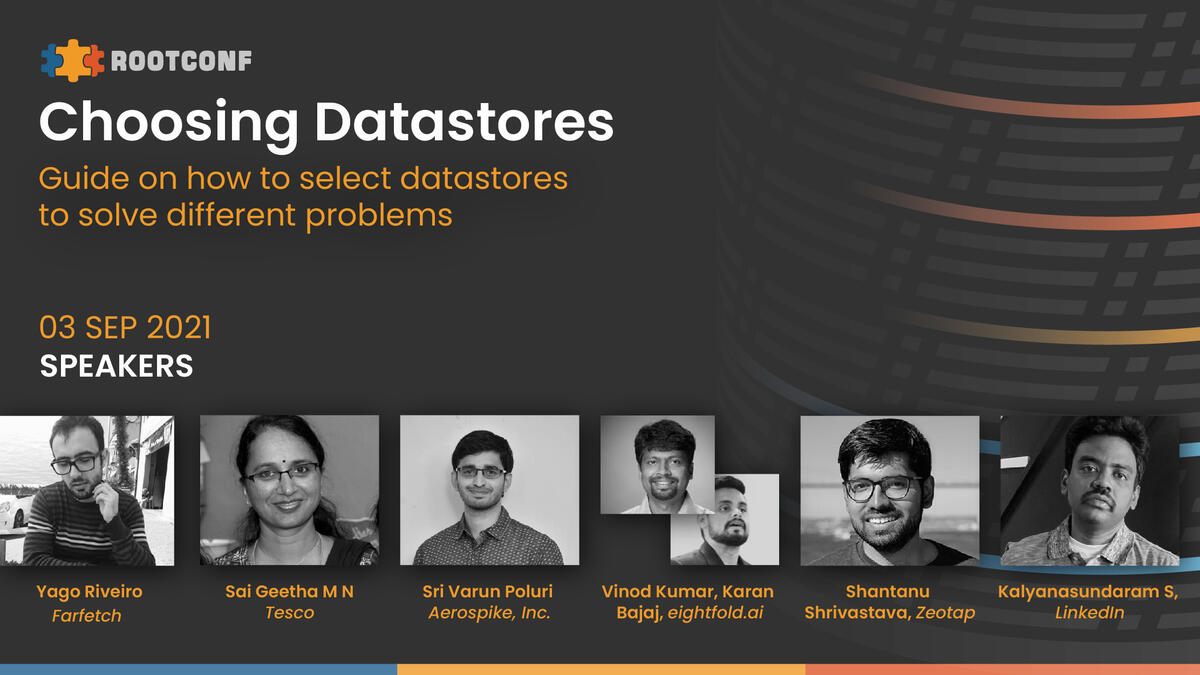
Sep 2021
30 Mon
31 Tue
1 Wed
2 Thu
3 Fri 12:00 PM – 03:30 PM IST
4 Sat
5 Sun
George CJ
@georgecj11
Submitted Jul 27, 2021
Managing schema and data management across multiple environments for MySQL can become tedious and error prone as a system scales. Currently Capillary Technologies operates in multiple environments across multiple products with around 125 Mysql Servers, 2500+ tables and 300TB+ data. In this talk, we will present the tools and processes we use to maintain consistency across our database deployments while allowing the developers the agility to make new schema changes frequently.
At Capillary, for Database changes we used a mutation based schema management system with each file containing change for a table (DDL queries containing ALTER, CREATE, DROP clauses or DML queries containing INSERT, UPDATE, DELETE of seed data ). Over a period of time we had issues like
The vision we had was to perform Database changes just like our application (where we only know about the version of the container to be deployed). Our current deployment process is such that the developer just needs to commit the expected final state of the schema and the seed data and the deployment tool will make sure of the consistency.
Hosted by
{{ gettext('Login to leave a comment') }}
{{ gettext('Post a comment…') }}{{ errorMsg }}
{{ gettext('No comments posted yet') }}